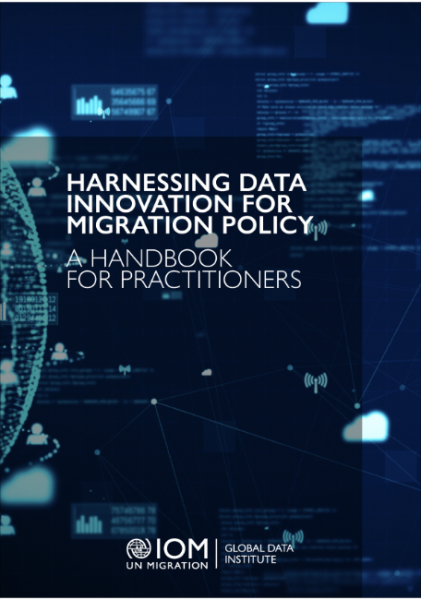Report by Beyond Deng and Tara Watson: “LGBTQ+ (Lesbian, Gay, Bisexual, Transgender, Queer/Questioning) identification has doubled over the past decade, yet data on the overall LGBTQ+ population remains limited in large, nationally representative surveys such as the American Community Survey. These surveys are consistently used to understand the economic wellbeing of individuals, but they fail to fully capture information related to one’s sexual orientation and gender identity (SOGI).[1]
Asking incomplete SOGI questions leaves a gap in research that, if left unaddressed, will continue to grow in importance with the increase of the LGBTQ+ population, particularly among younger cohorts. In this report, we provide an overview of four large, nationally representative, and publicly accessible datasets that include information relevant for economic analysis. These include the Behavioral Risk Factor Surveillance System (BRFSS), National Health Interview Survey (NHIS), the American Community Survey (ACS), and the Census Household Pulse Survey. Each survey varies by sample size, sample unit, periodicity, geography, and the SOGI information they collect.[2]
The difference in how these datasets collect SOGI information impacts the estimates of LGBTQ+ prevalence. While we find considerable difference in measured LGBT prevalence across datasets, each survey documents a substantial increase in non-straight identity over time. Figure 1 shows that this is largely driven by young adults, who are increasingly likely to identify as LGBT over almost the past ten years. Using data from NHIS, around 4% of 18–24-year-olds in 2013 identified as LGB, which increased to 9.5% in 2021. Because of the short time horizon in these surveys, it is unclear how the current young adult cohort will identify as they age. Despite this, an important takeaway is that younger age groups clearly represent a substantial portion of the LGB community and are important to incorporate in economic analyses…(More)”.

